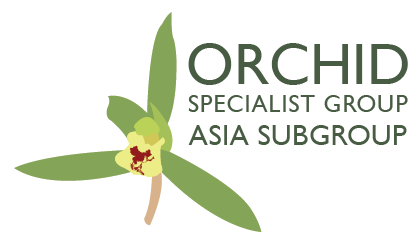The Lao People's Democratic Republic (commonly referred to as Laos) is a land-locked country that lies at the heart of the Indo-Burma Biodiversity Hotspot. The country shares an extensive border with Thailand to the west and Vietnam to the east, and has shorter stretches adjoining Myanmar and China to the north and Cambodia to the south. Laos is the least densely populated country of the hotspot but accounts for 10% of its total area. The country is predominantly mountainous, especially in the north and through the central Annamite Range, but its terrain also incorporates large swathes of lowland plains and upland plateaus. Virtually the entirety of the country lies within the Mekong's lower drainage basin.
Tropical lowland and montane forests clothed almost all of Laos prior to human impact but slash-and-burn agriculture, commercial forestry and industrial conversion of forests to other land uses have transformed the country's vegetation. The modern mosaic of isolated primary forest fragments set in a landscape of modified woodland in various states of degradation or succession presents a challenge for conservation planning, with conversion of remaining natural areas to other land uses continuing apace. With around 700 confirmed species, the orchids are the country's most species-rich family of flowering plants, but many have undergone precipitous decline as a result of deforestation and collection for the horticultural and medicinal plant trades.
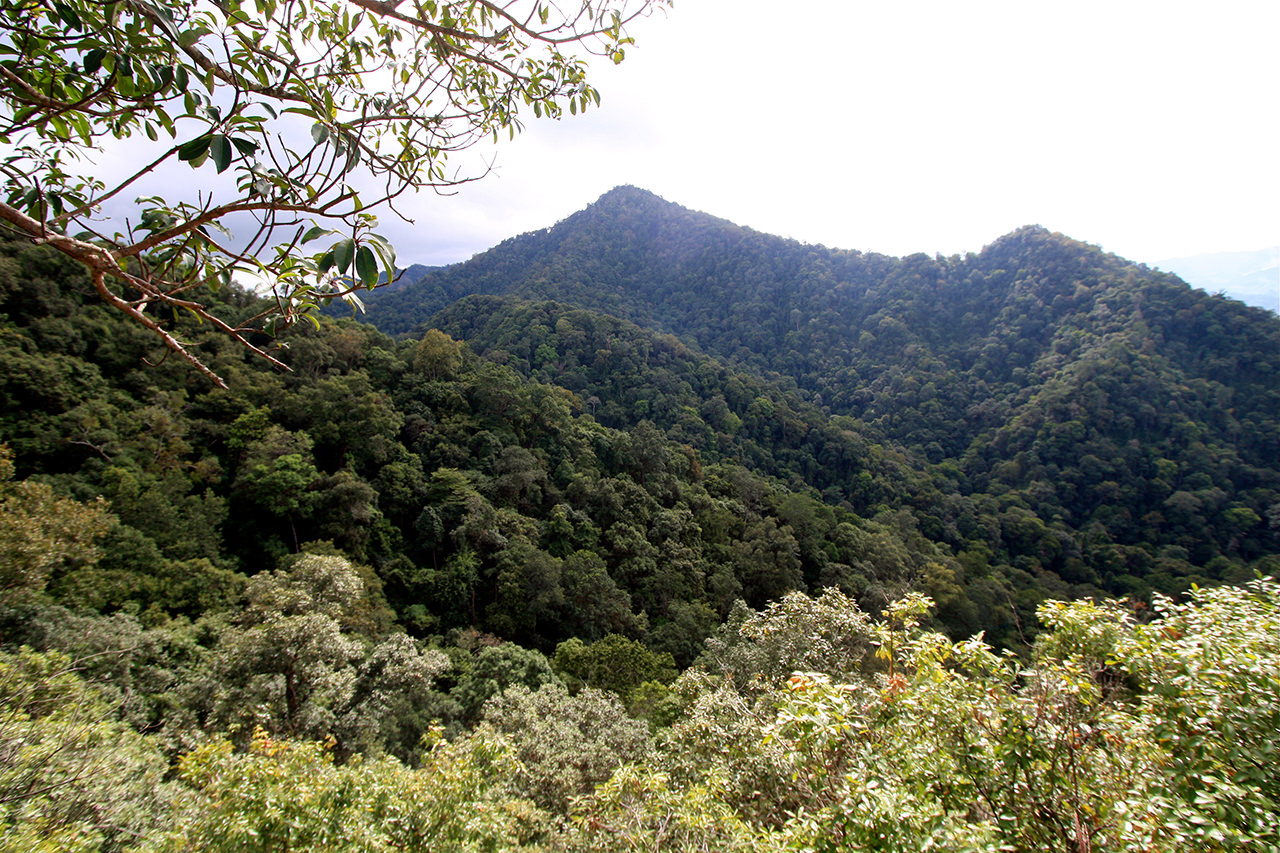
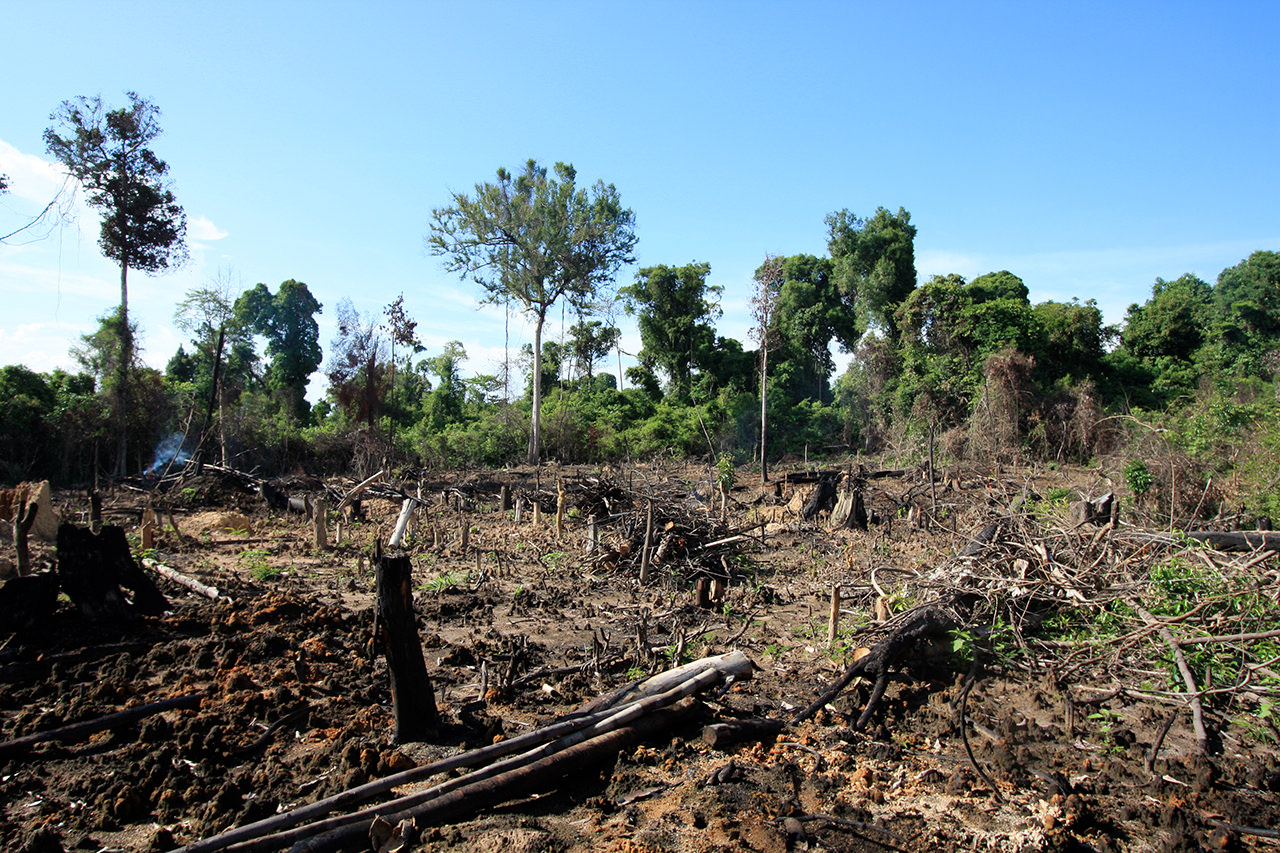
In order to generate more detailed understanding of the orchid flora of Laos and the threats that impinge upon it, Hong Kong's Kadoorie Farm and Botanic Garden commenced joint field surveys with the Ministry of Science and Technology of the Lao People's Democratic Republic in 2012. The main aim of this initiative is to identify conservation priorities within the context of the highly threatened Indo-Burma Biodiversity Hotspot.
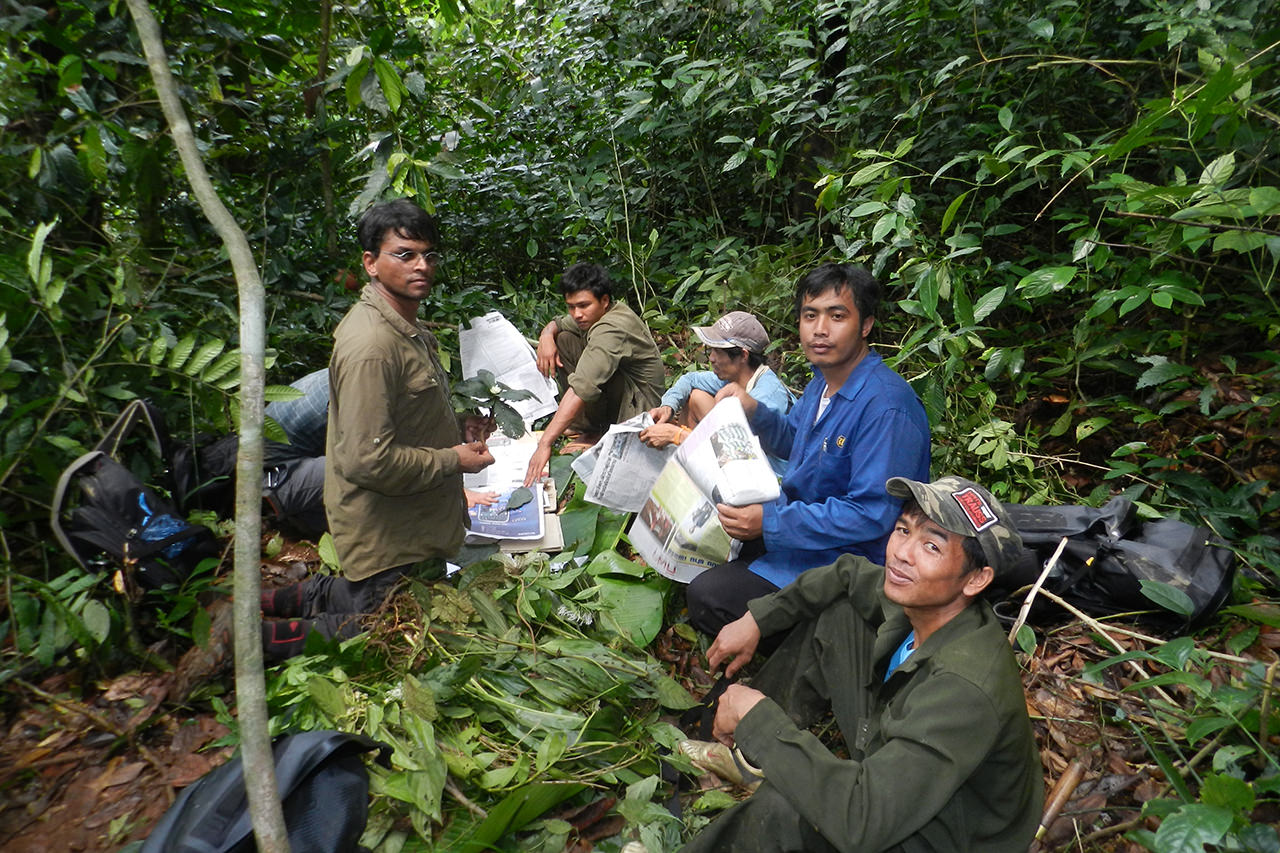
This involves training local counterparts in horticulture, taxonomy and conservation, and conducting research to build understanding of the distribution of orchid richness. Through the course of more than ten joint surveys in 13 of the country's 17 provinces, information on the distribution of more than 300 species of orchid has been compiled. Species not previously known to occur in Laos are frequently encountered.
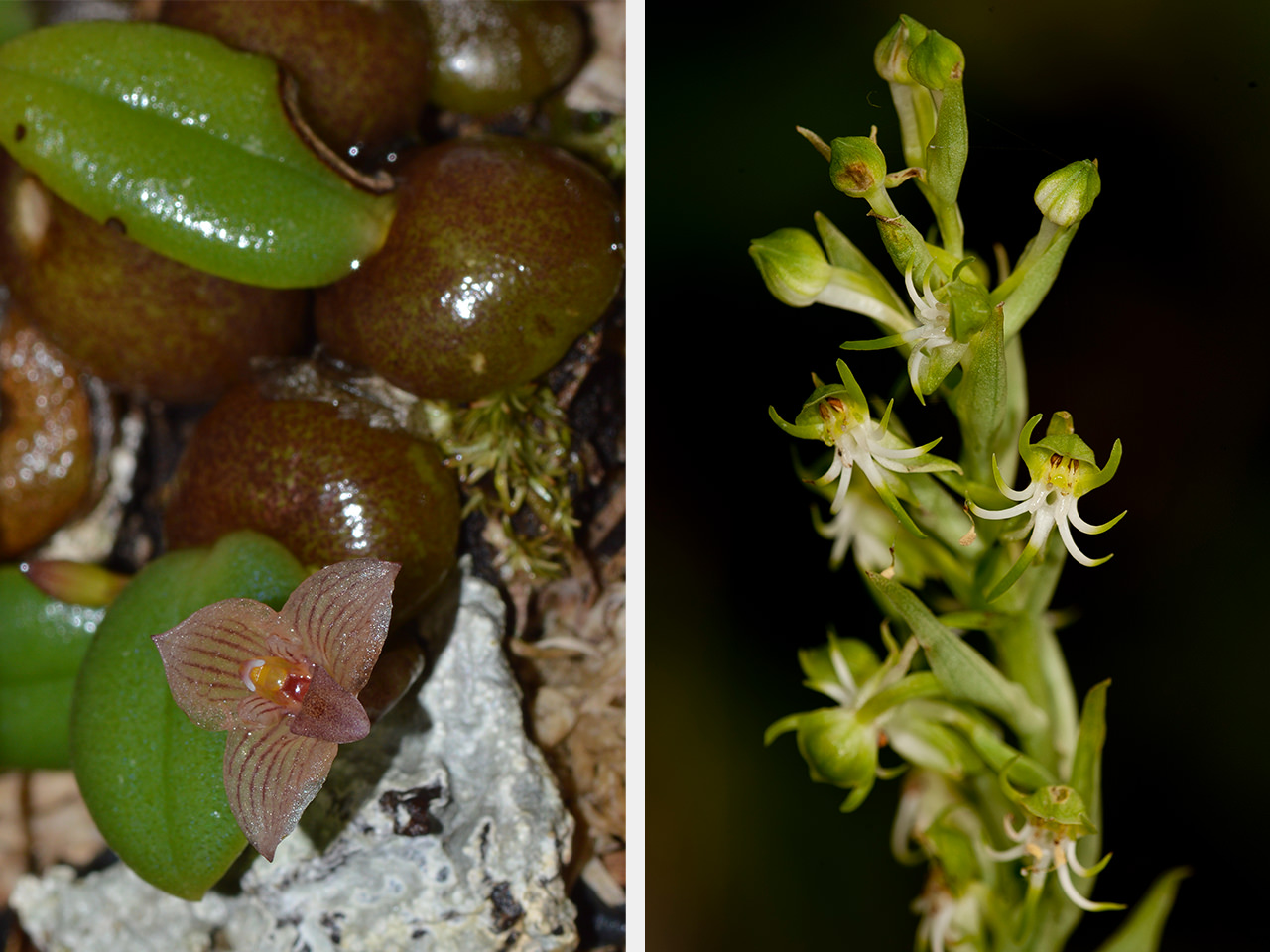
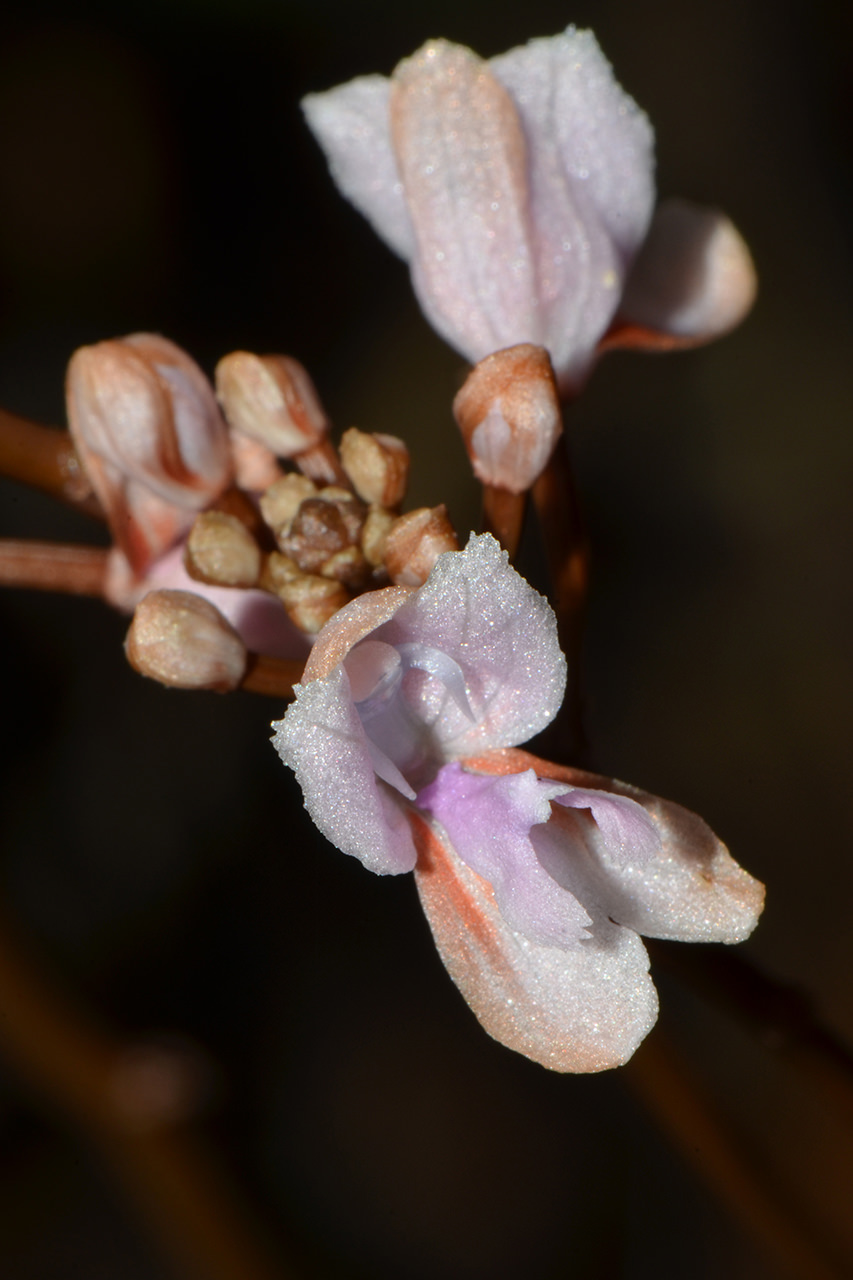
The number of wild orchid species known to occur in the country has increased from 485 species in 2008 to 683 species in 2018, primarily as a result of the recent upsurge in publications of new distributional records and new species in the wake of fresh botanical surveys. This number continues to climb as more surveys are undertaken in remote, relatively pristine areas of the country.
